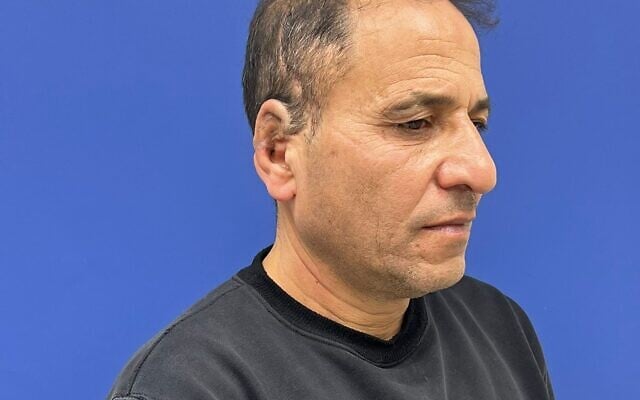Using innovative surgical techniques, including artificial cartilage and tissue transfers, Israeli doctors reconstruct upper half of carpenter’s ear severed in work accident.
By World Israel News Staff
Doctors at Shaare Zedek Medical Center in Jerusalem were able to save the severed ear of a man who suffered a serious work accident by leveraging a number of innovative surgical techniques, including using artificial cartilage and tissue transfers from his scalp and leg.
An unnamed 54-year-old carpenter had been transported to the hospital after a workplace accident left him with severe bleeding from his ear, which he assumed was because of a gash.
In reality, the accident had actually severed his ear in two, but the man initially was not aware of that.
“At first I did not feel that my ear was gone, I thought it was just a bleeding cut,” the unnamed man was reported as saying by Hebrew-language news site Ynet.
“I took a rag and held it down to stop the bleeding. Only after I arrived at the emergency room did the seriousness of the trauma become clear. The ear was cut in half.”
The man said he asked his boss to find the part of his ear that had been left behind in the workshop, and “although it took a while,” someone eventually brought it to the hospital.
Dr. Yoav Gronovich, director of the Department of Plastic Surgery at Shaare Zedek, who assisted during the operation, said that these types of injuries are particularly challenging to treat.
“The chances of returning the detached piece to its place were extremely low,” he was quoted as saying in a hospital press statement. He noted that issues around both the appearance of the ear and its functionality created a special challenge for doctors.
At first, the doctors tried reattaching the upper part of the man’s ear using traditional surgical techniques, but they quickly discovered that the ear would not be saved.
“We decided to perform a complex reconstruction using an alloplastic component that serves as a basis for reconstruction and cartilage replacement,” Gronovich said.
Essentially, the medical center created an artificial cartilage mold of the part of the ear that was severed and grafted it onto the remaining part using tissue from other parts of the man’s body, including his scalp and leg, to lower the likelihood of rejection.
“The surgery allowed the [carpenter] a full recovery and a quick return to his normal routine, despite the severe injury, while providing a very good aesthetic result,” he said.





